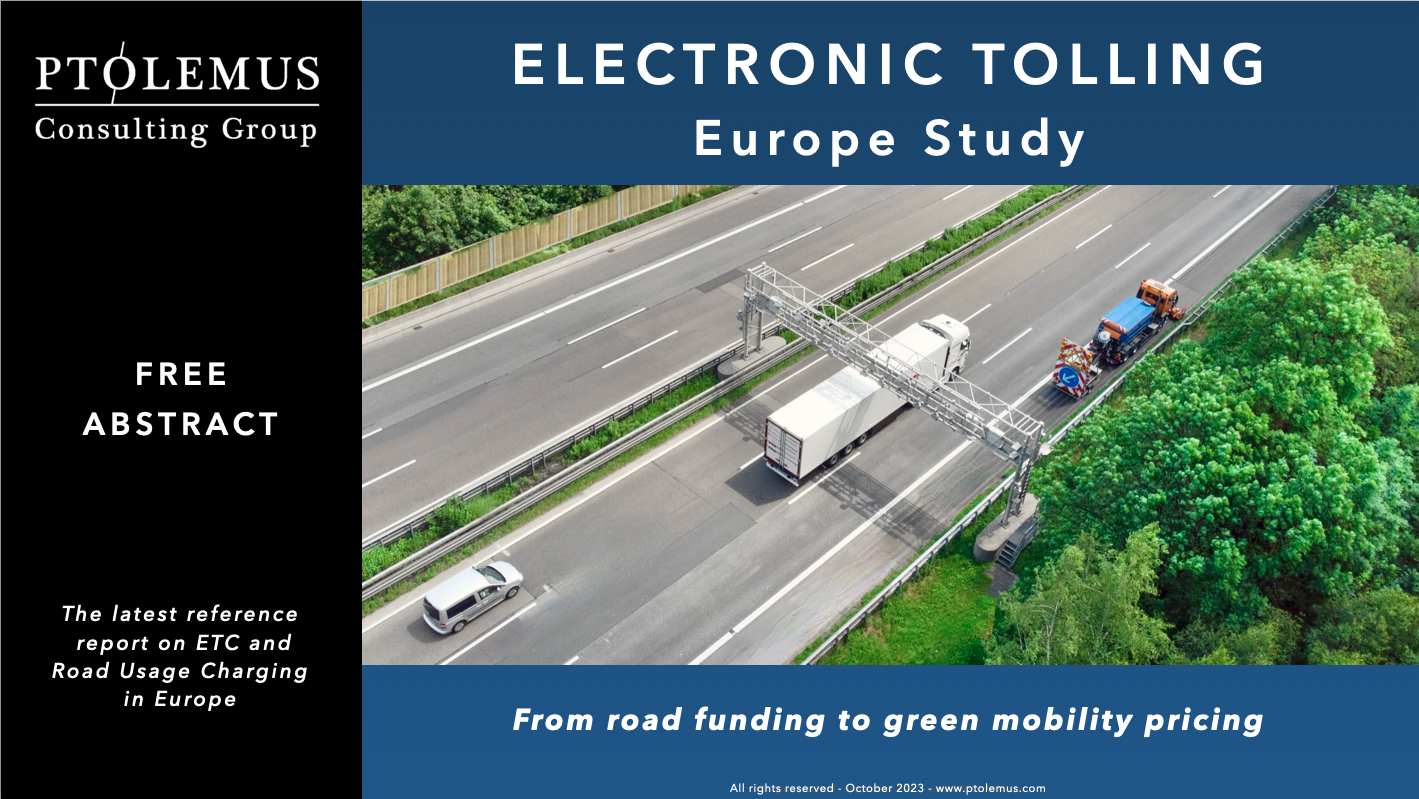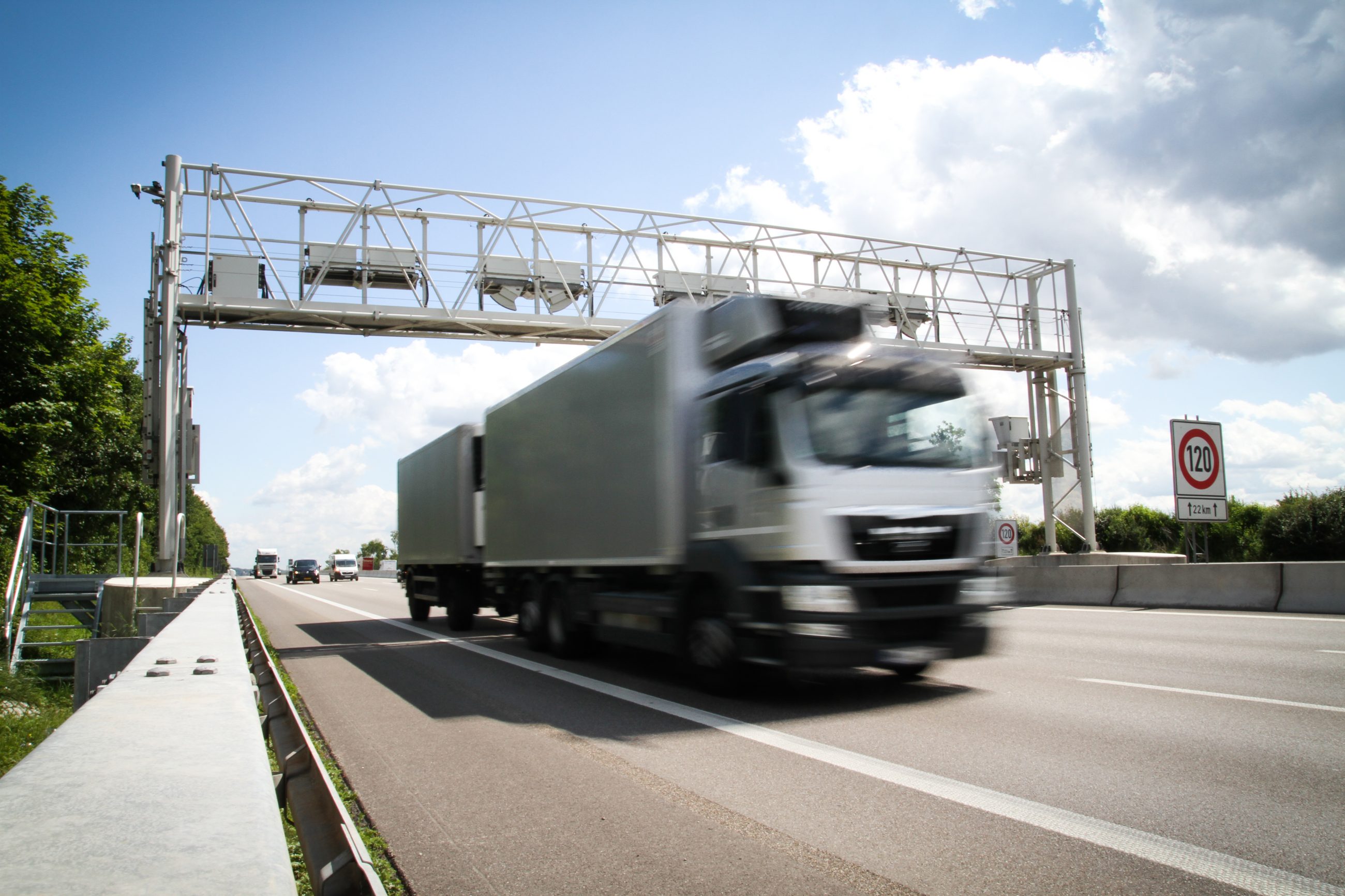Will GNSS-based Road Usage Charging ever be applied to cars?

With the announced introduction of the R-Pass scheme in the Alsace region in 2027, France will be Europe’s 10th country (or 11th if the Netherlands launches its scheme next year) to launch satellite-based Road Usage Charging (RUC) for trucks.
The planned implementation of a satellite tolling scheme on such a small geographic scale is evidence of the maturity of the model and its ability to raise significant funding to compensate for the actual use of the road network by Heavy Vehicles (HVs).
However, the RUC model has never been applied to Light Vehicles (LVs), i.e. cars, vans and motorbikes.
What are the main hurdles for an implementation of satellite tolling to Light Vehicles?
As proven by large scale implementations on trucks, devices equipped with cellular connectivity (3G, 4G or 5G) and a GNSS (Global Navigation Satellite System) chipset (GPS, Galileo, etc.) can provide the actual distance driven on the tolled road network in a very reliable manner.
Nonetheless, a number of challenges still remain when we want to apply the model to LVs:
- Economic hurdles:
– The cost of current GNSS RUC On-Board Units (OBUs), typically above €100;
– The recurring cost of the cellular connectivity;
– The cost of installing or embedding these devices in light vehicles. - Technology-related hurdles:
– The potential challenges of the use of satellite-based OBUs to measure distance in urban canyons, due to multi-path signals, and in areas with many tunnels. - Political hurdles:
– The acceptance by citizens / workers of having their vehicle’s geographic location used to calculate their mileage on the tolled road network. - Ecosystem-related hurdles:
– The fact that in most countries with tolls for LVs, the technology used is DSRC (or RFID in some other regions), which means that road operators will need to decommission their legacy roadside equipment and the devices used by their customers;
– The lack of a universal model for road charging of LVs, e.g. some countries use tolls while others still apply vignettes or e-vignettes.
Is the cost of the GNSS OBUs a show-stopper?
We believe not, because most new vehicles produced are now equipped with IoT (Internet of Things) connectivity.
The table below analyses the prevalence of connected devices in Europe. While not all devices embed a GNSS chipset, many are, including the omnipresent smartphone.

Our analysis of the US market, presented at different IBTTA events and in our RUC USA Report, indicates that the potential also exists there to use embedded telematics devices to measure the mileage driven on the relevant road network.
As shown in the charts below, most new cars registered in America are line-fitted with GNSS chipsets integrating 4G or 5G cellular connectivity. If we consider Battery Electric Vehicles (BEVs), since the first Nissan Leaf in 2010, they have all integrated these modules, which means that 100% of them are connected.

This matters because EVs have often been identified as the first category of light vehicles on which to apply RUC because their owners do not pay any fuel tax to compensate for their use of the road network.
So what is preventing governments from leveraging existing connectivity for light vehicle road pricing?
Obviously it is difficult for the tolling industry to recognise that the devices already exist to implement RUC to LVs. Similarly many in the automotive industry will shout that “their” vehicles should not be used to collect data for a non-automotive purpose! We believe that these antiquated silo approaches will fade away soon.
In our view however, the main blocker is the fact that DoTs / transport ministries are looking for a unique, perfect and universal solution for all light vehicles. However, a single device is not needed. A RUC scheme can very well be based on multiple categories of OBUs.
What really counts is the reliability and the trustworthiness of the mileage measurement.
This opens the road for a “Bring-Your-Own-Device” (BYOD) approach, which also has the additional advantage of letting citizens choose how they will report their mileage.
As established in other more mature industries such as banking, it is indeed not required to have the same device for all users to securely process a financial transaction. We all use different devices, from credit cards to phones to tablets and computers to initiate financial transactions because the security standards are implemented in the software layer.
Based on feasibility studies performed for toll chargers / governments in 3 different countries, PTOLEMUS has identified several paths for governments to introduce RUC for cars at an affordable cost.
For more details, please contact our Managing Director, Frederic Bruneteau.

